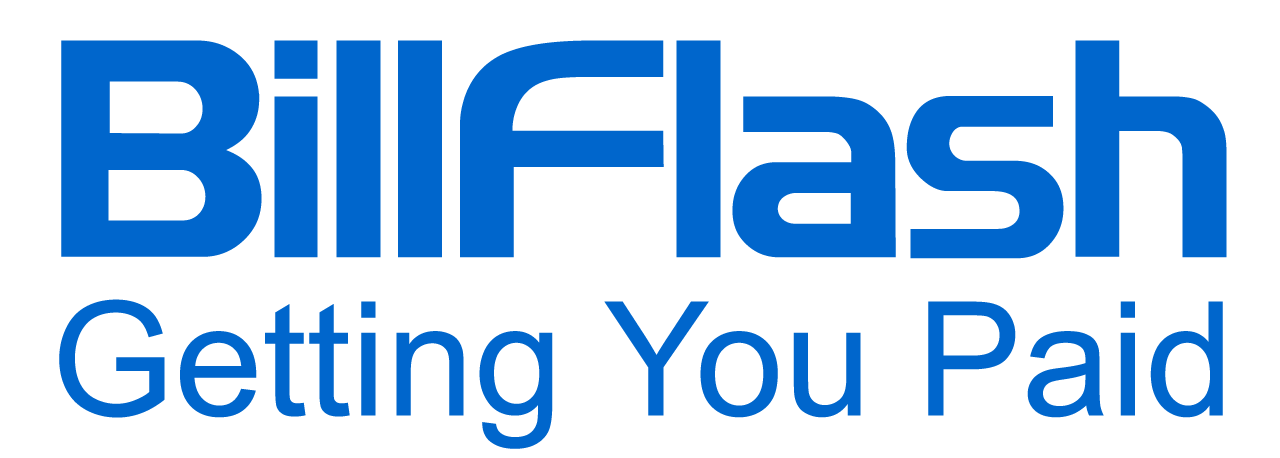Improve your small practice's patient collection rates with our proven tactics that will help optimize your patient collection strategies!
Patient collections. Those two words can evoke a range of emotions and images, from frustration and stress to financial stability and practice success. In 2024, the healthcare landscape is made up of rising healthcare costs, complex insurance policies, high deductibles, and more. Given today's landscape, improving patient collection rates has never been more crucial. Unfortunately, it's a landscape filled with challenges for patients and healthcare providers.
The good news? There are proven tactics that can help small medical practices boost patient collection rates and improve the practice's financial stability. Let's take a look at some of these tactics—which have delivered results for small practices like yours.
The Current Landscape of Patient Collections
Navigating patient collections presents a variety of challenges for healthcare providers, especially those in small practices with limited resources. These challenges range from difficulties in revenue cycle management to patient copays and understanding insurance coverage.
Some common reasons for patient payment delays and defaults include:
- Lack of clear communication about financial responsibilities
- Insufficient staff training and resources for collections
- Difficulty navigating insurance coverage and deductibles
- Unexpected medical expenses and financial hardship
- Inefficient or outdated billing and collection processes
Mastery of the revenue cycle's components—from patient registration to claims submission—is needed to effectively overcome those challenges. Taking time to learn about common hurdles to payment, such as insurance coding errors and patient misunderstandings, allows for proactive resolution and streamlined processes.

Establish Clear Payment Policies and Procedures
Transparency in payment policies forms the bedrock of improving patient collection rates. Clear communication of payment expectations, including copays as well as deductibles, leads to better patient understanding and cooperation.
Our tips for communicating payment expectations to patients include:
- Communicate payment policies upfront
- Prominently display policies across all patient touchpoints
- Send friendly payment reminders
In addition to including the above tips in your payment collections strategies, offer flexible payment options like installment plans and cash discounts, as well as being open to accepting different forms of payment (i.e., through an online portal, checks, debit/credit cards, etc.). When you factor in the addition of accessible payment plans and options, this ensures flexibility, easing the burden on patients while mitigating payment delays.
Enhance Patient Communication and Education
Proactive engagement and education initiatives empower patients to navigate their financial responsibilities with greater confidence. Putting technology to work when it comes to automated reminders and educational resources also fosters informed decision-making and reduces instances of overdue payments.
Strategies for educating patients about their financial responsibilities include:
- Explaining insurance coverage details
- Simplifying billing statement contents
- Sending timely payment reminders
- One-on-one financial counseling
- Printed payment process guides
- Interactive cost calculators

Implement Efficient Billing and Collection Processes
Efficiency in billing processes is essential for improving patient collection rates. Utilizing advanced billing software streamlines claim generation, submission, and follow-up, reducing administrative burdens and minimizing errors. Integration of electronic health record (EHR) systems also facilitates seamless documentation and billing accuracy.
In some cases, the best option may be to outsource collections to a specialized provider like BillFlash. Specialized providers can bring expertise and resources that may not be present within a smaller practice. In the end, the overall goal is to establish streamlined, reliable processes that maximize your ability to get paid, and on time.
Empower Staff With Training and Resources
You cannot put a price point on staff training in patient collections best practices. Equipping personnel with effective communication skills and conflict-resolution strategies fosters empathetic interactions with patients. Access to resources and tools, coupled with ongoing education, also empowers staff to navigate collections interactions proficiently, ensuring a patient-centric approach at every touchpoint.
Utilize Data Analytics for Insights and Decision-Making
Data analytics have also proven to be a potent tool for insights and decision-making, including improving patient collection rates. By holding on to data analytics, healthcare providers can identify trends, predict patient behavior, as well as optimize collection strategies. Key metrics such as collection and denial rates also offer invaluable insights into performance, facilitating targeted interventions and continuous improvement efforts.
Address Patient Concerns and Disputes Promptly
Addressing patient concerns and disputes promptly is crucial for maintaining positive patient relationships. Strategies for handling patient inquiries and resolving disputes effectively can help build trust and maintain patient satisfaction. If you can build trust and maintain positive patient relationships through conflict resolution, you can improve patient collections and ensure the financial success of your practice.
Some strategies for handling patient inquiries and resolving disputes include:
- Providing help to your patients by assigning them a patient financial advocate
- Creating protocols that will be used to verify issues and facilitate positive results
- Proactively seeking patient feedback through surveys or other methods to identify and address concerns

Monitor and Adapt Collections Strategies Over Time
Improving patient collection rates is an ongoing process, not a one-time effort. Stay in tune with all the changing patient needs as well as the direction of the healthcare landscape, empowering your team to innovate and experiment with new best practices. By making a conscious effort to refine your approach, you can ensure your practice remains nimble and resilient, despite what's happening outside the practice.
Remember, effective patient collections are about so much more than just the bottom line—they are about fostering trust, loyalty, and positive relationships with the patients you serve daily. By taking a proactive, data-driven approach, your medical practice can also thrive in the face of challenges and deliver exceptional care to the patients in your community.
Optimizing Your Strategy to Improve Patient Collections
Optimizing patient collections is a multifaceted undertaking crucial for the financial sustainability and patient satisfaction of healthcare providers. By implementing the proven tactics we've shared today, we hope that more healthcare providers can navigate the complexities of compassionate patient collections with confidence and complete efficiency. Providers need to uphold a commitment to transparency, empathy, and continuous improvement in their collections practices. After all, isn't one of the goals to foster enduring patient-provider relationships and ensure practice success?
If you require better strategies when it comes to improving patient collection rates, we invite you to partner with us at BillFlash. We can help you optimize your collections strategies as well as achieve your financial goals, ensuring your practice's continued success and sustainability.
Schedule a demo with us today!

